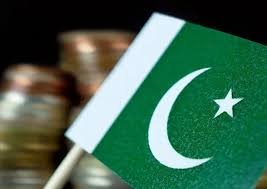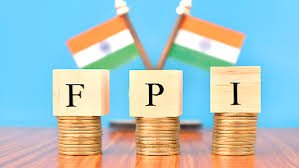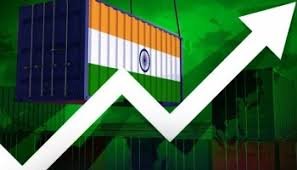Rising domestic and external liabilities push Pakistan’s debt burden higher amid economic strain and currency depreciation.
Islamabad | October 25, 2025 — Pakistan’s total public debt has surged past $286.83 billion (PKR 80.6 trillion) by the end of June 2025, marking a 13% increase compared to the previous fiscal year, according to official data released by the Ministry of Finance.
Debt Composition and Growth Trends
The finance ministry’s report revealed that as of June 2025, Pakistan’s total public debt stood at PKR 80.6 trillion, up from PKR 71.3 trillion recorded a year earlier.
- Domestic Debt: PKR 54.5 trillion
- External Debt: PKR 26.0 trillion
The 13% increase was largely driven by currency depreciation, fiscal deficit expansion, and heavy reliance on borrowing to meet budgetary requirements and external obligations.
External Debt Pressure Mounts
Pakistan’s external debt — which includes multilateral, bilateral, and commercial borrowings — continues to strain the national exchequer. The depreciation of the Pakistani rupee against the U.S. dollar added significantly to the debt burden in local currency terms.
Analysts noted that despite the country’s participation in IMF stabilization programs, interest payments and external debt servicing have sharply risen, consuming a large share of government revenues.
Domestic Borrowing Remains Dominant
Domestic debt, accounting for nearly 68% of total public debt, remains the major component, reflecting the government’s increasing dependence on short-term instruments, including treasury bills and bonds issued to local banks.
Economists caution that this trend could crowd out private sector credit, stifling investment and industrial growth.
Fiscal Challenges and Policy Response
Pakistan’s fiscal deficit continues to widen as tax revenues lag behind expenditure growth. The government is struggling to maintain a balance between development spending, debt repayments, and defense allocations.
To stabilize the economy, the government is expected to:
- Strengthen tax collection and broaden the tax base.
- Prioritize fiscal discipline and reduce non-development expenditures.
- Seek further restructuring or support from international financial institutions.

Debt-to-GDP Ratio Remains a Concern
Pakistan’s debt-to-GDP ratio is estimated to hover around 74%, well above the fiscal responsibility limit of 60% prescribed by its own law. Economists warn that without sustained economic growth and structural reforms, the debt trajectory could become unsustainable.
“Pakistan’s debt dynamics remain fragile. Continued borrowing to finance deficits without boosting productivity and exports could worsen the macroeconomic outlook,”
— Economy India Research Analysis Team
Regional Comparison
Compared to its South Asian peers:
- India’s public debt stands at around 81% of GDP but is supported by a robust growth rate and strong forex reserves.
- Bangladesh maintains relatively lower debt levels, under 40% of GDP, with healthier external balances.
Pakistan, however, faces the dual challenge of low growth (projected at 2%) and rising debt-servicing costs, putting significant pressure on its fiscal health.
Debt Sustainability Under Scrutiny
While Pakistan continues to negotiate financial support from global lenders, experts emphasize the urgency of structural economic reforms, including export diversification, governance improvements, and investment in productivity sectors.
Until then, the mounting debt burden will remain a key vulnerability for South Asia’s second-largest economy.
🧮 Economy India – Fiscal Snapshot Box
| Category | FY2024-25 (June 2025) | FY2023-24 | % Change |
|---|---|---|---|
| Total Public Debt | PKR 80.6 trillion ($286.8 bn) | PKR 71.3 trillion | +13% |
| Domestic Debt | PKR 54.5 trillion | PKR 49.0 trillion | +11% |
| External Debt | PKR 26.0 trillion | PKR 22.3 trillion | +17% |
| Debt-to-GDP Ratio | ~74% | 70% | ↑ |












